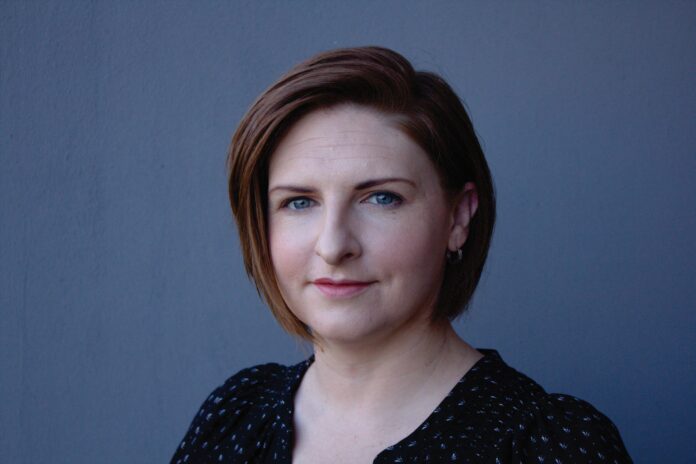The need for gynaecology does not end with a woman’s childbearing years, and effective care following menopause remains essential. This is particularly important when women experience symptoms such as post-menopausal bleeding. While there are many different things that can cause this bleeding, it can indicate a serious condition, and it needs to be checked out by a gynaecologist. Even if the cause is determined to be something completely benign, there is no need for women to live with the discomfort, because there are treatments available. However, they can become expensive when co-payments and medical expense shortfalls are considered. Having gap cover means that you can get the treatment you need quickly, for the best possible outcome.
What is post-menopausal bleeding and what causes it?
Post-menopausal bleeding is defined as vaginal bleeding that occurs a year or more after the last menstrual period following the onset of menopause. It can either be spotting or regular bleeding and while it can be caused by a variety of things, it is not something that should ever be considered ‘normal’ or ignored.
One of the common causes of post-menopausal bleeding is vaginal atrophy, which is where the vagina becomes dry due to hormone changes, and bleeds because of this dryness. The endometrium (the lining of the womb) can also be the cause, as hormone changes may cause it to become too thick or too thin, again resulting in bleeding. Uterine polyps and infection are other potential causes of bleeding, and all these conditions are benign and highly treatable.
Only 10-15% of post-menopausal bleeding indicates endometrial cancer. In some instances, the bleeding may not even be from the vagina, but from the rectum, and this again has a wide range of causes that may or may not indicate a serious disease. It is always important to get checked out as soon as possible to rule out serious issues and find the cause and the most appropriate path forward.
What are the options?
The first step is to visit your gynaecologist, who will perform certain tests, which will generally include a pap smear. The doctor may also perform a hysteroscopy (an examination of the inside of the cervix and uterus using a thin, lighted, flexible tube called a hysteroscope) which can be used to take tissue samples for biopsy, as well as to identify and remove polyps as necessary. If the endometrium is found to be abnormally thick (a condition called hyperplasia) then a Dilation and Curettage (D&C) procedure can be performed to treat it.
For the small percentage of women who have cancer or need a hysterectomy (where the uterus is removed), surgery may be required. If the bleeding is found to originate elsewhere than the vagina, then the gynaecologist can refer you to the appropriate specialist.
But what is the cost?
The unfortunate reality is that any gynaecological treatment first requires diagnostic procedures, including hysteroscopy and possibly laparoscopy, which are surgical procedures and will often attract medical expense shortfalls on doctors’ accounts. In fact, we have paid a claim for R40,400 to a gynaecologist for a hysterectomy procedure, and this was just the shortfall that was not covered by medical aid.
On top of this, hysteroscopies often have co-payments attached to them of up to R17,500, so medical aid members need to be aware of the potential out-of-pocket expenses. In addition, because gynaecology is a very personal branch of medicine and women prefer a doctor they are comfortable with, you may wish to be treated at a hospital that is not in your medical scheme’s Designated Service Provider (DSP) network, which will attract a further co-payment.
These co-payments and shortfalls can prevent women from seeking the treatment they need, which means they live with conditions that are treatable and leave potentially serious problems too late. Instead of putting yourself in a position where you have to put off treatment or save up for it, it is important to have a backup plan in place. Having the right gap cover policy in place means that financial considerations won’t stop you from seeking the treatment you need, and you can get help without worrying about how you will afford it. There is no need to live with uncomfortable and potentially serious problems that may cause post-menopausal and other gynaecological problems. Speak to your financial advisor about gap cover, which is an affordable solution to making sure you can always put your own health first.
About Turnberry Management Risk Solutions
Founded in 2001, Turnberry is a registered financial services provider (FSP no. 36571) that specialises in Accident and Health Insurance, Travel Insurance, and Funeral Cover.
With extensive experience across healthcare and insurance industries in South Africa, Turnberry offers unsurpassed service to Brokers and clients. Turnberry’s gap cover products are available to clients on all medical aid schemes, as they are independently provided and are therefore transferable in the event of a change in the client’s medical aid scheme.
Turnberry is well represented nationally, with its Head Office based in Bedfordview, Johannesburg with Business Development Managers in Cape Town and Durban. The Turnberry Team’s focus on outstanding client service comes from having extensive knowledge and experience in the financial services sector and is underwritten by Lombard Insurance Company Limited. Lombard Insurance Company Limited is an Authorised Financial Services Provider (FSP 1596) and Insurer conducting non-life insurance business.

